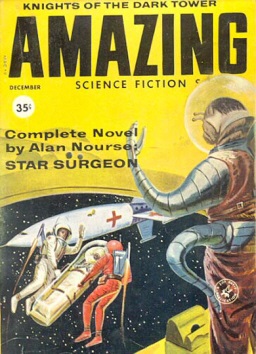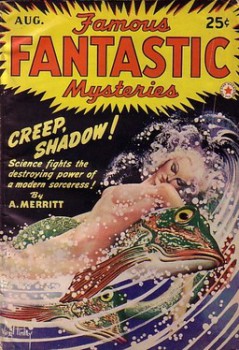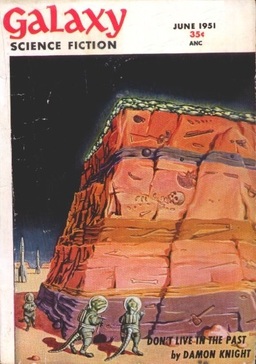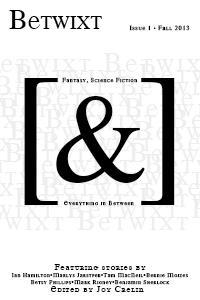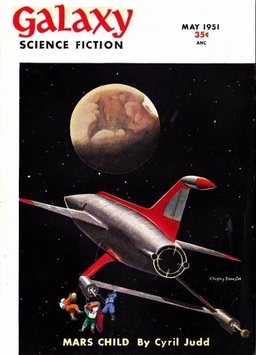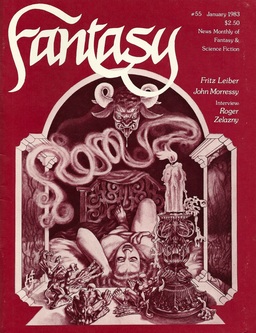November/December Magazine of Fantasy & Science Fiction now on Sale
 I wish I had time to really keep up with F&SF. As it is, I barely have time to run out to the bookstore every two months to pick up a copy.
I wish I had time to really keep up with F&SF. As it is, I barely have time to run out to the bookstore every two months to pick up a copy.
Nonetheless, I’m proud to be able to support the magazine. Ever since it switched to a bimonthly format in April 2009, six double issues a year, the huge 256-page issues have felt more like anthologies than a magazine. Editor Gordon van Gelder maintains a nice mix of SF and fantasy — including the occasional sword & sorcery piece — the only major magazine to dare to blend genres.
Colleen Chen reviewed the issue at Tangent Online:
“Baba Makosh” by M. K. Hobson is my favorite story of this issue. Three Comrades, fighting for the Red Army in the Russian civil war, are sent as a squad to seek Hell… Baba Makosh leads them to a village and a great building made of twisted roots, inside which they meet her sons, who look like stags but walk like men, and her husband — whom only Pudovkin sees is the horned god Veles. His companions are too busy gorging on cheese to notice. Pudovkin begins to question the post-revolutionary principles of the Red Army — principles he has supported until now — as Veles and Baba Makosh show through their words and actions that the traditions his grandfather loved, cruel though they may seem, have a strength and a rationale for existence that cannot be controlled nor defeated.
This piece offers beautiful, lush writing, a unique plot, strong characters, and folklore intertwined with history so skillfully that the whole takes on a magical quality that transports the reader completely to this new reality. The story is worth dissecting and even more worth reading as a whole — it’s rich in theme, with every word and line placed with purpose.
The issue also includes a novella by Michael Blumlein and novelettes and stories by Matthew Hughes, James Patrick Kelly, Albert E. Cowdrey, Tim Sullivan, and others. Here’s the complete Table of Contents.
